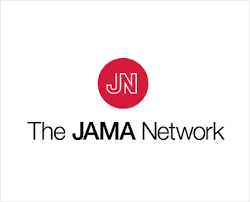Study: Longer shifts, understaffing increase nurse sickness absence
Editor's Note
Hospital units with more RNs and fewer long shifts experience significantly lower rates of staff sickness absence, while understaffing and long shifts drive nurse illness, according research published April 22 in JAMA Network.
The retrospective longitudinal case-control study involved 18,674 RNs and nursing support (NS) staff across 116 hospital units in four acute care hospitals in England. Using five years of hospital shift and sickness data, the study assessed the relationship between staffing configurations—including RN and NS hours, skill mix, use of temporary staff, and shift length—and episodes of sickness absence (defined as sequences of days missed due to illness). Findings include:
- For every 10% increase in the proportion of RN hours (i.e., more RNs relative to nursing support staff), the odds of RN sickness absence dropped by 2%
- Moving from a lower quartile skill mix (about 55% RN hours) to an upper quartile (about 75% RN hours) corresponded to a 4% reduction in RN sickness absence.
- RNs who worked only long shifts (≥12 hours) in the previous week had a 26% higher risk of sickness absence compared to those who worked no long shifts
- Part-time RNs had higher sickness absence rates
- For full-time RNs, exposure to RN understaffing in the previous week increased sickness absence risk; this association was not seen in part-time RNs.
- RN understaffing in the prior seven days was linked to increased sickness absence for full-time RNs and NS staff, but not for part-time RNs.
- NS understaffing did not significantly affect sickness absence in either group.
- Each 10% increase in use of bank (hospital-employed extra hours) staff reduced sickness absence for both RNs and NS staff.
“Increasing RN staffing levels has been associated with improved outcomes for patients and reduced costs, and our study adds to this body of evidence by shining a light on the additional effect on nurse health and well-being,” researchers conclude. “Given the considerable costs associated with sickness absence, investing in RNs has the potential to reduce the pressure on an already exhausted workforce and health system.”
Read More >>

 Free Daily News
Free Daily News